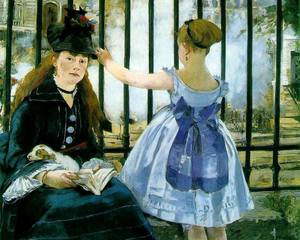What would it feel like if it was possible to bring a living creature back to life? Such was the question on Mary Shelly’s mind when she wrote the famous novel, Frankenstein. Her book was based upon the idea that it would be possible to join the body parts of different people together to form a whole new human being which in-turn, could be woken up from the dead and given a life. Although Shelly never actually mentioned exactly how Victor Frankenstein (the main character of her book) brought his creation to life, she implies in the text that galvanism played a major role. With a major interest in science, galvanism was nothing new to Shelly, as she always kept current with all the leading experiments and theories of her time.
It is now known for a fact that life cannot be raised from the dead, however, in the late eighteenth centaury this idea of being able to recreate life spread around Europe like wildfire. The concept of reviving dead corpses started when an Italian scientist by the name of Luigi Galvani, investigated the effect of electricity on dissected animals. When he sent an electric current through the animal’s body, it caused many of its muscles to contract, almost as if it had come back to life. Although Galvani himself was aware of the fact that he could not bring the dead animal back to life, he and his nephew continued to experiment with electricity and referred this newly discovered phenomenon as animal electricity (until it was later given the name galvanism). (Wikipedia)
The idea of galvanism was very popular in Europe, but nobody knows for certain what prompted Shelly to base her whole book around this highly controversial concept. In the preface to Frankenstein, however, Shelly describes the particular conversation which she claims gave her the idea for the story. It all started when they started talking about an experiment conducted by Erasmus Darwin in which he preserved a piece of vermicelli in a glass case and eventually managed to make it move “voluntarily”. After talking about the experiment, Shelly, her husband and Lord Byron speculated about the possibility of being able to reanimate a human being through the use of galvanism. (Lienhard)
If one read Frankenstein without looking over the preface, they would probably be stumped as to how Shelly managed to tie a whole series of radical ideas into one simple story line. Shelly, however, claims little credit for her book by saying that most of what she wrote was based on a series of dreams, and that her idea of creating a monster and bringing it to life was just the product of a horrible nightmare. In the preface, Shelly gives credit to her dreams by saying, “I saw – with shut eyes, but acute mental vision, – I saw the pale student of unhallowed arts kneeling beside the thing he had put together. I saw the hideous phantasm of a man stretched out, and then, on the working of some powerful engine, show signs of life, and stir with an uneasy, half vital motion.” (Shelley)
Works Cited
Lienhard, John H. No. 853: Inventing Frankenstein. 1997. 28 December 2007.
Shelley, Mary Wollstonecraft. Frankenstein. Ed. Paul J. Hunter. W. W. Norton & Company, 1996.
U.S. National Library of Medicine. Frankenstein: Birth of Frankenstein. 13 February 2002. 28 December 2007.
Wikipedia. Galvanism. 14 January 2007. 28 January 2007.



